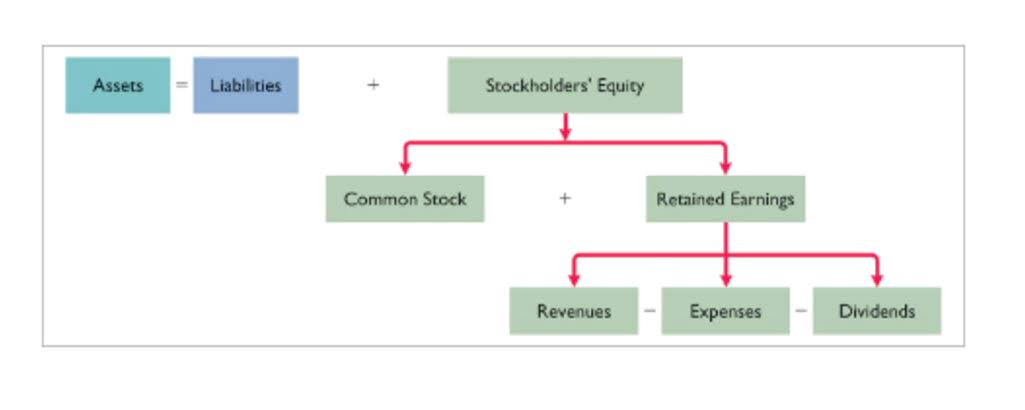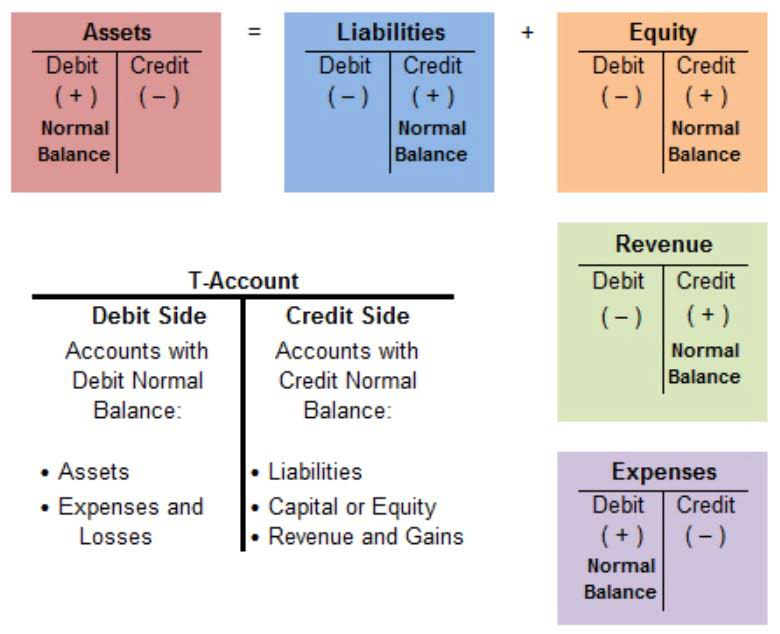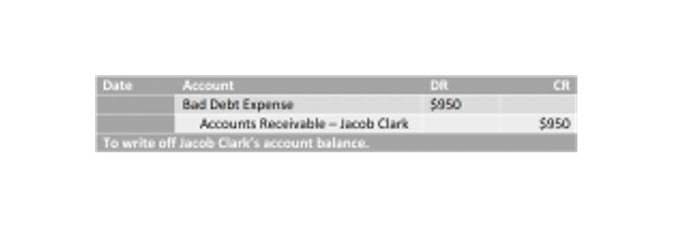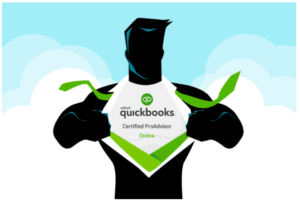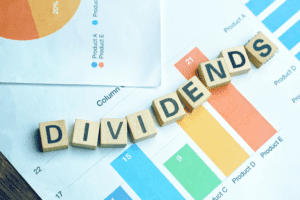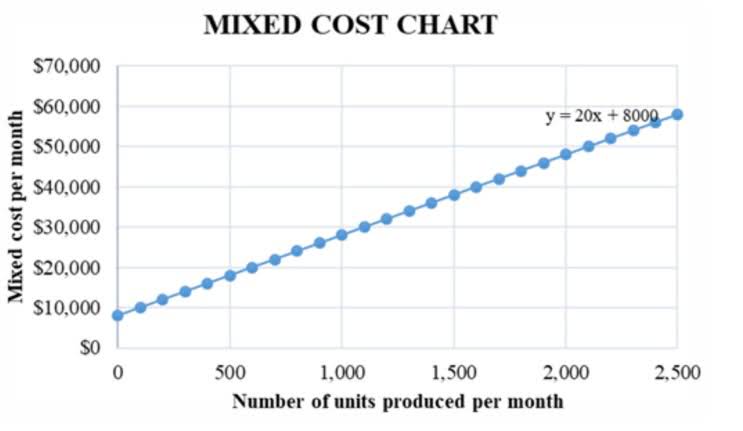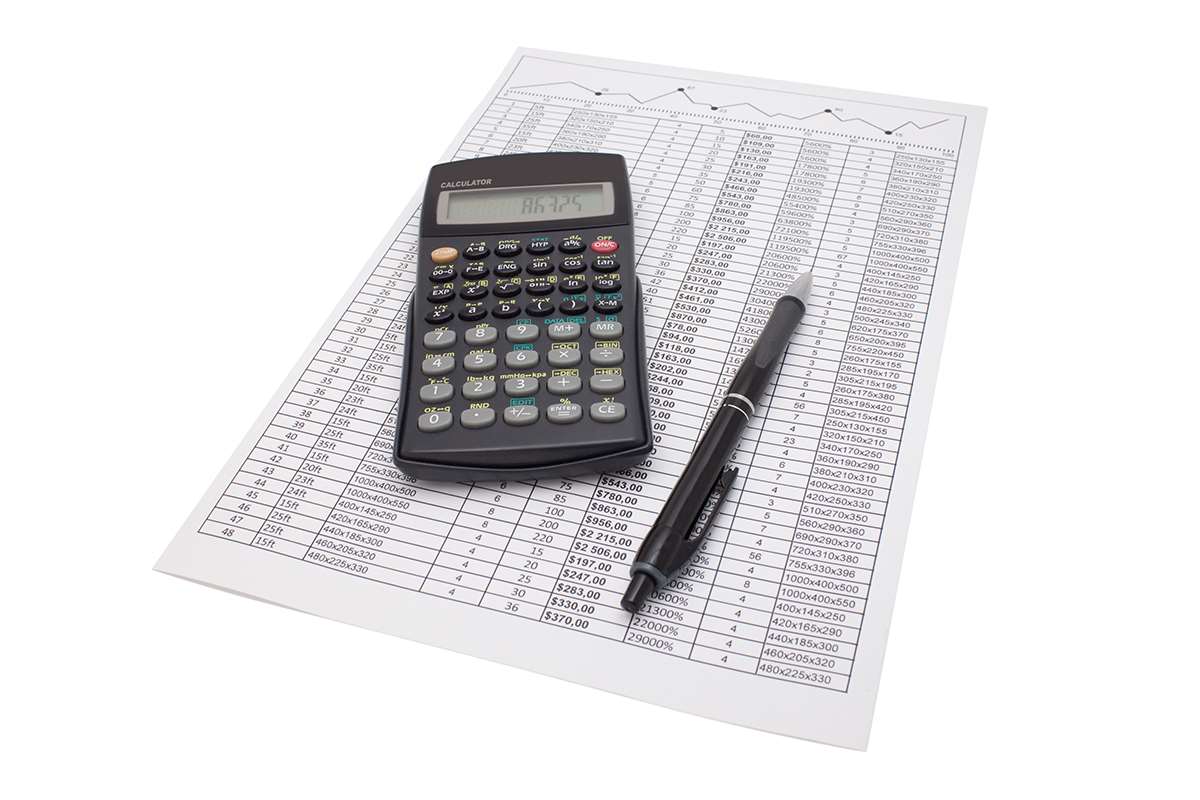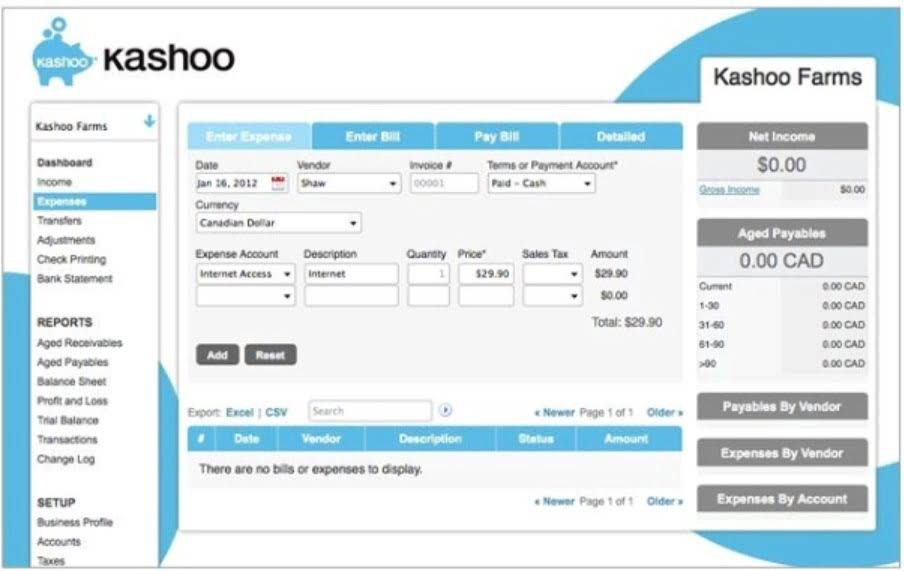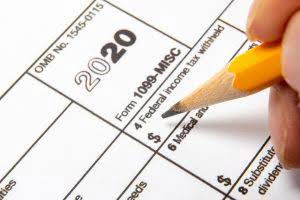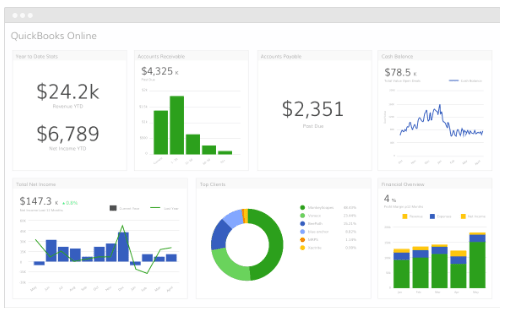What Are Some Examples of Different Types of Capital?
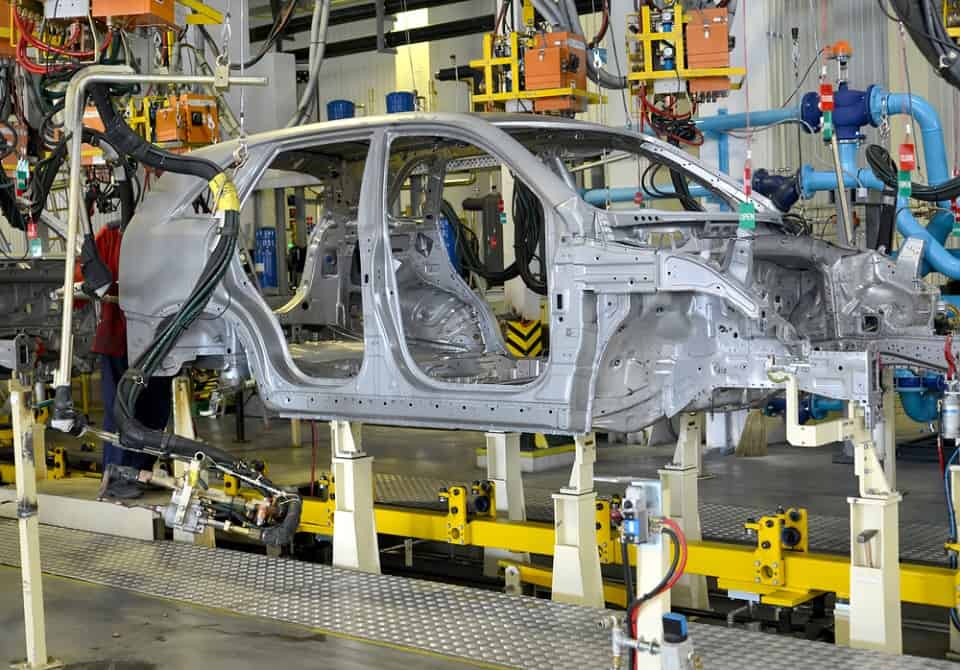
SuperMoney strives to provide a wide array of offers for our users, but our offers do not represent all financial services companies or products. In addition to the classes of shares listed above, there are additional categories to describe shares according to their place in the market. Keep in mind that the articles of an organization may be called something different, depending on the state. Alabama and Texas, for example, call it a “certificate of formation.” Some states also have publication requirements, which means you need to publish an announcement of your new business in a newspaper. While you’ll want something catchy and easy to market, it’s also important to make sure that the name you choose meets your specific state’s requirements. Thomas J Catalano is a CFP and Registered Investment Adviser with the state of South Carolina, where he launched his own financial advisory firm in 2018.
Microsoft’s capital stock is actively traded on the stock market under the ticker symbol MSFT. Investors can buy and sell these shares, participating in the company’s success and influencing their investment portfolios based on their financial goals and risk preferences. Preferred stockholders have a few more benefits that common stockholders. If a company liquidates (whether it is bought or goes bankrupt), the preferred stockholders will receive a payout before the common stockholders. They also receive different dividends than common stockholders, usually more. In accounting and finance, capital stock represents the value of a company’s shares that are held by outside investors.
What are the Advantages of Capital Stock?
5The receipt of cash dividends is additionally appealing to stockholders because, in most cases, they are taxed at the same reduced rates as are applied to net long-term capital gains. Another problem with using capital stock for research is that it does not always reflect the current value of a company’s shares. For instance, if a company’s share price has been rising steadily over the past year, its capital stock has not increased. The capital stock may not accurately indicate the company’s current value. Capital stock is important because it places a cap on authorized shares via the corporate charter.
- You can name yourself as the registered agent, but it may not be the best idea.
- Outstanding shares are shares that have been issued to investors and are not owned by the company.
- In addition, a profitable organization may well share its good fortune with the ownership through the distribution of cash dividends.
- For instance, if a company’s share price has been rising steadily over the past year, its capital stock has not increased.
- Capital stock is the maximum number of shares a company is authorized to issue to investors.
Community West Bancshares has a 12-month low of $12.59 and a 12-month high of $24.47. The company has a debt-to-equity ratio of 0.34, a quick ratio of 0.65 and a current ratio of 0.65. While you’ll likely divvy up responsibilities for anyone in your business on your own, you may also be required to do so via an operating agreement. These agreements outline how your business will be run and delegate roles and power to different members.
Using Capital Stock In Investing Research
The outstanding capital stock is the number of shares issued and currently owned by shareholders. The issued capital stock is the number of shares that have been issued by the company, regardless of whether they are currently outstanding or not. Capital stock is the maximum number of shares a company is authorized to issue to investors.
- Although a number of other types of investment opportunities are available (such as the acquisition of gold or land), few evoke the level of interest of capital stock2.
- All authorized shares of common and preferred stocks are included when calculating capital stock.
- Analyzing a company’s capital stock is crucial for investors to assess risk, potential returns, and to make informed decisions when constructing their investment portfolios.
- The stockholders’ equity section of the balance sheet will list the types and amounts of the capital stock.
- Occasionally, the original founders of a business (or their descendants) continue to hold enough shares to influence or actually control its operating and financial decisions.
Capital stock is not necessarily equal to the number of shares that are currently outstanding. If a company wants to change this number, they have to change it on their charter. When companies do this, it is usually so that they can raise more capital. The company had a trading volume of 21,241 shares, compared to its average volume of 92,663. The firm’s 50-day simple moving average is $16.21 and its 200 day simple moving average is $15.26. The company has a market cap of $158.85 million, a price-to-earnings ratio of 9.43 and a beta of 0.85.
What is the difference between preferred and common stock?
This is a boost from Community West Bancshares’s previous quarterly dividend of $0.08. Community West Bancshares’s dividend payout ratio (DPR) is currently 25.40%. the basic form of capital stock is In reality, a modern business is assembled from owners and investors but also a layer of managers (who are well-paid labor) and the workers they supervise.
- In other words, in many cases, a creditor you owe money to through your business usually won’t be able to come for the money in your personal accounts.
- He is a CFA charterholder as well as holding FINRA Series 7, 55 & 63 licenses.
- Share trading is the process of buying and selling shares within a company.
- There are two ways to earn money by owning shares of stock is through dividends and capital appreciation.
- While these funds need not be repaid, investors expect a certain rate of return.
- We’ve compiled a few resources and articles you can use to learn more about how to effectively evaluate a company’s earnings.
Capital stock is an important metric for investors, as it can provide insights into a company’s financial health and growth potential. It is also one of the key inputs in many financial models, so it is important to understand how it is calculated and used. The total value of the capital stock is determined by multiplying the total number of authorized shares by the par value per share. Capital stock is the combination of a corporation’s common stock and preferred stock.
That economic boost should result in higher inflation than most expect and, in tandem, higher interest rates. An artificial intelligence-fueled stock market bubble will burst in 2026, according to Capital Economics. A person, company, or institution that owns at least one share of a company’s stock. Adam Hayes, Ph.D., CFA, is a financial writer with 15+ years Wall Street experience as a derivatives trader.



